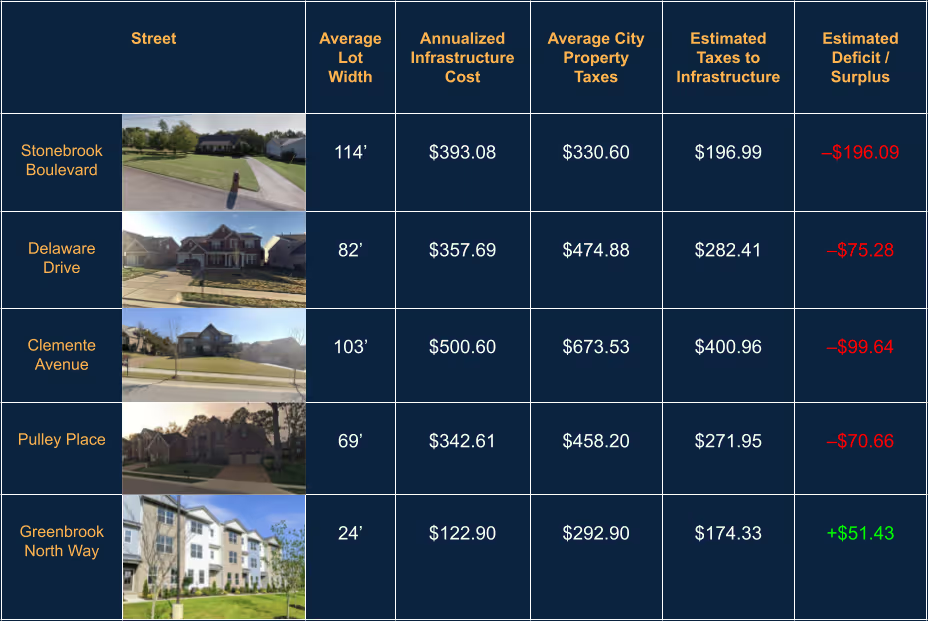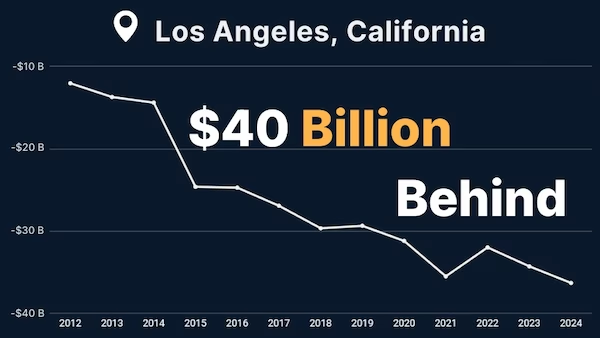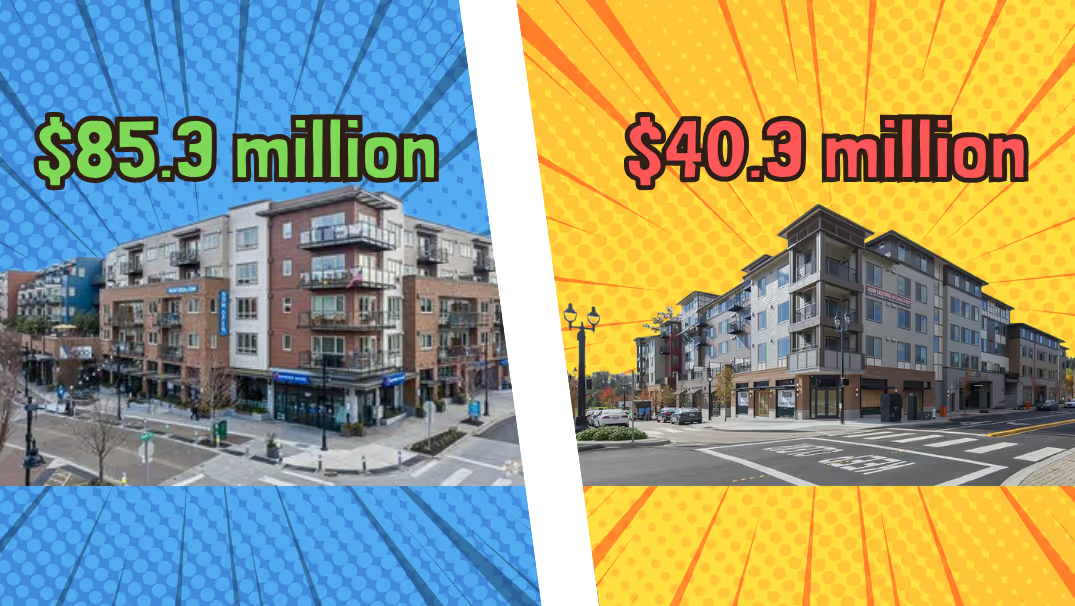Editor's Note: The challenges our cities face are growing, but so is the strength of this movement. Every story we share, every idea we spread, and every tool we build exists because people like you are committed to showing up. Your membership isn’t passive—it’s the momentum that makes change possible.
A couple of years ago, I conducted an infrastructure study for the Town of Nolensville, Tennessee, at the request of Mayor Derek Adams, analyzing their tax revenues in relation to their development pattern's maintenance costs. You can find that study here, but I'm sure you can guess what I found, if you're a Strong Towns reader.
I looked at five different streets, each with a slightly different development pattern. I categorized these streets based on what infrastructure they contained, their levels of density, and their historic context. The final street on the list was a townhome street (consisting of typical 24-foot lot widths, as opposed to the 69- to 114-foot-wide lots of the other suburban streets). All four of the non-townhome lot development patterns resulted in long-term deficits for the city under the existing level of taxation. What's more, I adjusted these deficits to allow for the more expensive homes to contribute more taxes (since their higher assessments would, of course, generate more money in absolute terms), and they still didn't break even. The townhomes, on the other hand, produced a budget surplus of $51.43 per lot.

In the study's conclusion, I discussed how this result may be received politically. In the past, people have moved to towns like Nolensville precisely for the suburban development pattern. Even today, when more urban and traditional forms of community are increasing in popularity, not everybody wants to live in a townhome. Am I advocating some kind of 15-minute city conspiracy to forcibly abolish side yards?!?
No—despite the proven financial and logistical problems with suburbs, I don't think we should abolish them. It could be argued that heavy-handed strategies like that don't fit with our political culture and traditions in this country. Instead, I think we should do something eminently American: we should tell the suburbs to pull themselves up by their own bootstraps.
That doesn't mean abandoning them. Rather, it's a call for a frank, down-to-earth conversation between the taxpayers and the suburbs; the type of conversation any responsible parent would have with a teenager who's living beyond his means. Let's start taxing users based on the amount of public money they're consuming. If we spend gobs of money on providing infrastructure to sprawling suburban streets, then let's start taxing those streets proportionately to their consumption. Who could argue with that? Why should the townhome dweller be forced to subsidize the McMansion resident?
The biggest deficit I found in the study came out to $326.27 per home along a street platted between 2013 and 2016. What if taxes went up on that street by $350 next year, but they stayed the same for the townhomes closer to downtown? But then what if, as zoning was relaxed and more units filled in on that suburban street, the taxes actually went down, because now more homes were helping carry the load of the maintenance costs? Would that create a world in which people actually wanted more neighbors? Would neighborhoods start fighting for their share of the growth? Could we actually flip the incentive structure in this way? Maybe don't hold your breath, but it seems at least conceivable. The suburban version of the American Dream might start looking more like a nightmare if people realized the price tag.
Generally, we subsidize things in society that we want to see. The Suburban Experiment is something, however, that has never been put to a vote. While it could be argued that many people voted with their feet, we also know that nowadays people are increasingly tired of all the negative externalities it breeds within our cities: traffic, environmental degradation, loss of community, and a dangerous and hostile environment along our streets for anyone not inside a car. Despite auto-oriented suburbia’s ugly side effects, I don't even think we need to "ban" it. All we have to do is stop subsidizing it. That alone would drastically slow its spread, I'm convinced. That's not too much to ask, right?





